fNIRS Analysis in Homer2 and Homer3
Homer2 is a widely used, open-source fNIRS analysis software, written out of Massachusetts General Hospital by a Harvard group under Dr. David Boas. Homer3 is its successor, and was released in 2019. Both share a similar GUI and features.
Download Homer2 from its NITRC Page
Download Homer3 from its Github Page
These software packages provide a set of fNIRS analysis scripts, which may be called upon directly in the MATLAB command window or through a relatively user-friendly Graphical User Interface (GUI). Their structure gives users great flexibility in the functions, order and parameters of their processing stream. Homer2 and Homer3 may be run through MATLAB (requires a license) or through a standalone MATLAB compiler (doesn’t require a license). NIRx systems offer data in the *.nirs file format, which can be used to load data seamlessly into both programs.
Image from the Homer3 GUI, illustrating the analyzed time course from certain channels on the left and an fNIRS probe on the right.
Additionally, the AtlasViewer program (contained within the Homer packages) allows users to more precisely interpret their data in relation to anatomical information. NIRx systems offer the digpts.txt - which provides fiducial and probe information relative to a 3D atlas- for seamless use of this tool with any probe configuration and data set.
While relatively easy to use, these packages do require that the user spend some time to understand the available functionalities, in addition to having a solid understanding of fNIRS analysis principles and general signal analysis techniques. NIRx regularly offers workshops, webinars and documentation on these topics in an effort to expedite the learning curve and get you and your lab well on your way to publications. We offer recordings of some of these resources here; more content is available to our customers on the NIRx Help Center.
Watch this Introduction to Homer3 by the NIRx support team during a NIRx analysis webinar in April 2020.
Dr. Meryem Yücel gives a tour of the new Homer3, with an emphasis on motion detection and correction algorithms during a NIRx analysis webinar in April 2020.
Additional Resources
The Homer-fNIRS and Atlas Viewer Community forum may be viewed and joined by clicking here.

